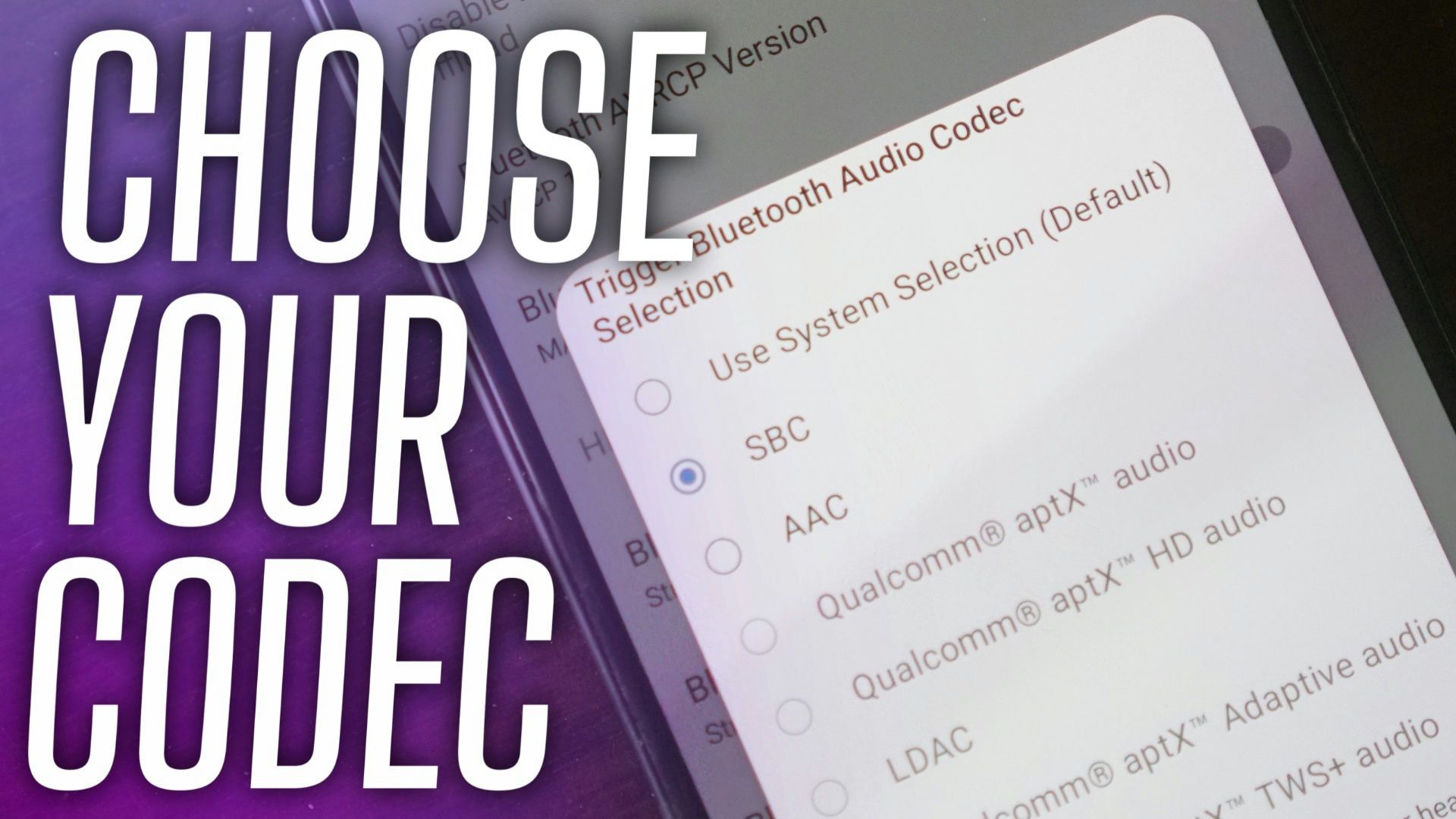Summary
- Google is integrating new Bluetooth technology into ChromeOS, improving connectivity and speed for seamless digital experiences.
- ChromeOS now features Android’s Fluoride Bluetooth stack, offering benefits like faster device connection and reestablishment.
- The move towards integrating Android technology with ChromeOS aims to enhance AI capabilities and deliver a better user experience.
Whether you’re using a laptop or a phone, you might not think much about the Bluetooth technology included in your device. But it’s an instrumental aspect of your digital experience, powering features like external input devices and wireless audio playback. To ensure these features work as well and as seamlessly as possible on your Chromebook, both now and into the future, Google is moving to integrate new Bluetooth technology into ChromeOS.
0:36

How to change the Bluetooth codec on your Android device
High-resolution audio on cheap earbuds is a far reach. But here’s a trick to improve the sound quality
In an update published by Google to its ChromeOS dev website, the company explained that as of version 122, which released to the stable channel in March, ChromeOS now features Android’s Fluoride Bluetooth stack.
While it may seem like a sudden change, the feature has been in the works since 2021 under the guise of Project Floss. Previously, ChromeOS had been using BlueZ for its Bluetooth implementation, which had limited interoperability. Google says this resulted in more “friction” that impacted the timeline of introducing new features.
How will Fluoride improve connectivity?
Thus far in testing, Fluoride has shown more benefits compared to the previous Bluetooth stack. For instance, it appears to be speeding up how quickly devices connect via Bluetooth. When a connection needs to be reestablished, the technology also seems to be quicker at completing the task. Google also suggested that Fluoride was created with future-proofing in mind – it already supports many advanced codecs for high-quality audio streaming, for instance. Because the code base is also housed under Google, it will make it easier to maintain the user experience across devices over time.
This is just one recent example of how Google is beginning to integrate Android with ChromeOS. On the Chromium blog, an outline of planned Chromebook developments shed light on how it will start leveraging more of the Android ecosystem. Android frameworks will soon be integrated, for instance, along with the Android Linux kernel. Many of these updates have been traced back to the company’s goal of delivering more AI capabilities to the end user. Whether the inclusion of Android technology will be largely obvious to the everyday device user is unclear. However, any improvement in connectivity – and more specifically, speed – is hard to negate or view as a drawback.
Source link

